Exercise 1

1. Illosque evitare nedum est dificile sed fere impossibile rerum gerunt
2. gubernacula et proinde supplicaverunt nobis multorum Consiliariorum Regni nostri illos promoventibus Ut huius Regie nostre sedis et prime Regni nostre Ci
3. vitatis racionem benignam habere illosque ab eius constitucionis rigore eximere dignaremur Nos vero tametsi perpendamus Cives nostros Cracovienses pre
4. aliis Civibus Civitatum Regni nostri singularibus preeminere privilegiis quippe qui et presentiam Curie nostre nunctiorum externorum multorumque adve
5. narum ad nostram Curiam venientium perferunt quique et in Consiliis publicis in Conventibus Regni generalibus locum obtinent non usque quaque equandos
6. esse aliis plebeis Regni nostri quos illa constitucio afficit
Principles of transcription
- Maintain the original entry - carry out the transcription as faithfully as possible to the original, without correcting the writer's mistakes.
┬Ā - Lines of text - the transcription should be written in lines (fragments in grey should be omitted). If a word is divided between two lines, it should be written as in the original, that is, without connecting it.
┬Ā - Punctuation - all punctuation marks or others (e.g. commas, full stops, hyphens, etc.) appearing in the original should be ignored.
┬Ā - Writing capital letters - the mechanism recognises both small and capital letters as correct.
┬Ā - Contractions - a contraction used by the writer should be written in full. Do not use square brackets to designate additional letters, complementing the contraction.
┬Ā - The letters u and v - in Latin texts they are often exchanged or written in an identical way. While transcribing, the actual, phonetic sound of the word should be used.
┬Ā - The letter ┼Ė (y with dots or dashes) - should be written as ii (double short i).
┬Ā - The combination of letters qu - we always write as qu.
┬Ā
┬Ā
You can check all the principles of transcription here.
Helpful tips
-
There are not many contractions in this document. If, however, deciphering them is difficult, it is worth remembering that there are clues hidden under the button Abbreviations. For general information on the subject of shortening words, click here.
- The scribe used a few varying forms of the letter s. There is a similar situation with the letter v.
┬Ā - Remember about how the letter y was written in the past - with one or two dots.
┬Ā - Be careful with the letters u and v - the way of writing them is almost identical.
┬Ā
┬Ā
You will find more useful tips for deciphering old texts here.
Exercise 1
Model letters
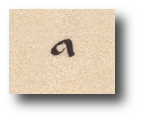
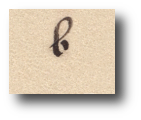

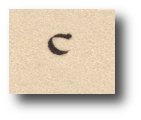
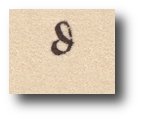


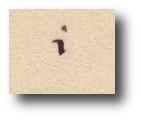
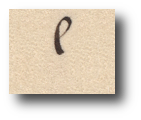


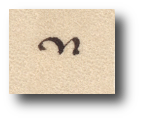


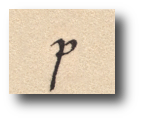
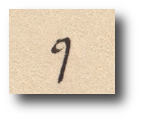

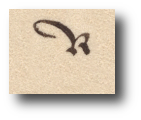

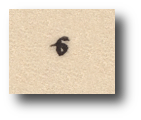
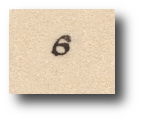

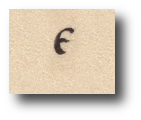

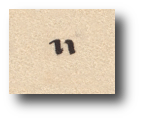


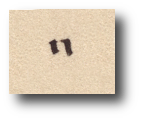
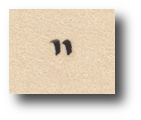

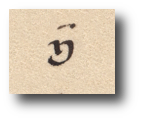

Exercise 1
Abbreviations
![Cracovien[ses]](https://dawnepismo.ank.gov.pl/files/practice/shortcuts/exercise-1/cw01cracovienses.png)
![g[e]n[er]alibus](https://dawnepismo.ank.gov.pl/files/practice/shortcuts/exercise-1/cw01generalibus.png)
![geru[n]t](https://dawnepismo.ank.gov.pl/files/practice/shortcuts/exercise-1/cw01gerunt.png)
![Illosq[ue]](https://dawnepismo.ank.gov.pl/files/practice/shortcuts/exercise-1/cw01illosque.png)
![illosq[ue]](https://dawnepismo.ank.gov.pl/files/practice/shortcuts/exercise-1/cw01illosque2.png)
![multorumq[ue]](https://dawnepismo.ank.gov.pl/files/practice/shortcuts/exercise-1/cw01multorumque.png)
![n[ost]ram](https://dawnepismo.ank.gov.pl/files/practice/shortcuts/exercise-1/cw01nostram.png)
![n[ost]re](https://dawnepismo.ank.gov.pl/files/practice/shortcuts/exercise-1/cw01nostre.png)
![n[ost]ri](https://dawnepismo.ank.gov.pl/files/practice/shortcuts/exercise-1/cw01nostri.png)
![n[ost]ros](https://dawnepismo.ank.gov.pl/files/practice/shortcuts/exercise-1/cw01nostros.png)
![quaq[ue]](https://dawnepismo.ank.gov.pl/files/practice/shortcuts/exercise-1/cw01quaque.png)
![quiq[ue]](https://dawnepismo.ank.gov.pl/files/practice/shortcuts/exercise-1/cw01quique.png)
![supplicaveru[n]t](https://dawnepismo.ank.gov.pl/files/practice/shortcuts/exercise-1/cw01supplicaverunt.png)
![usq[ue]](https://dawnepismo.ank.gov.pl/files/practice/shortcuts/exercise-1/cw01usque.png)
![venie[n]tium](https://dawnepismo.ank.gov.pl/files/practice/shortcuts/exercise-1/cw01venientium.png)